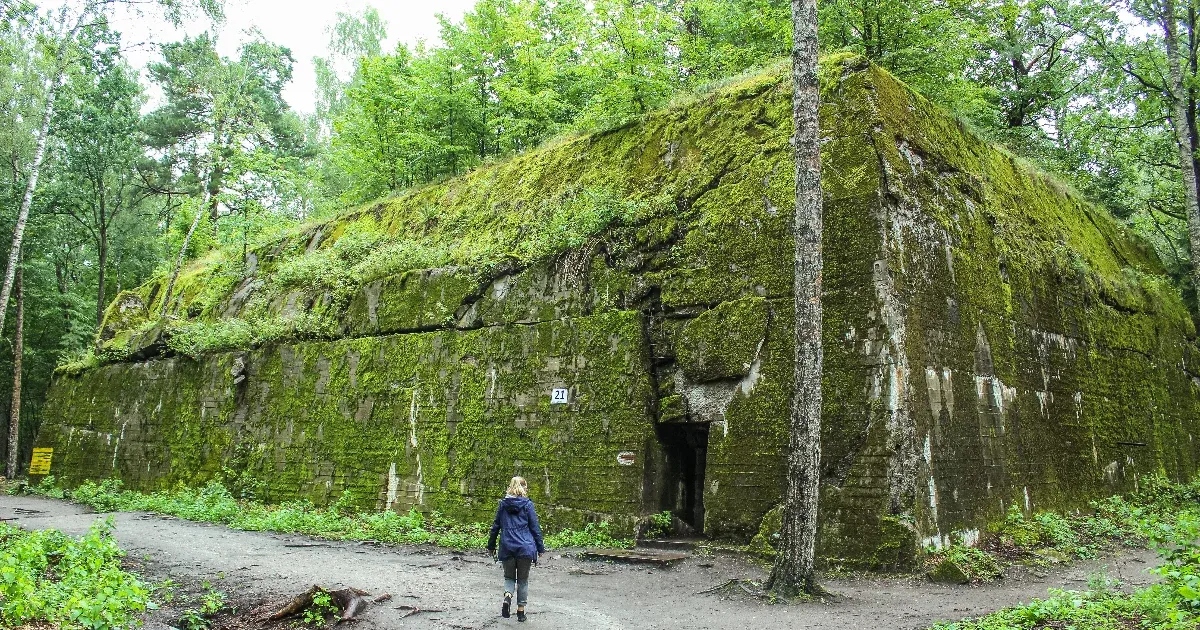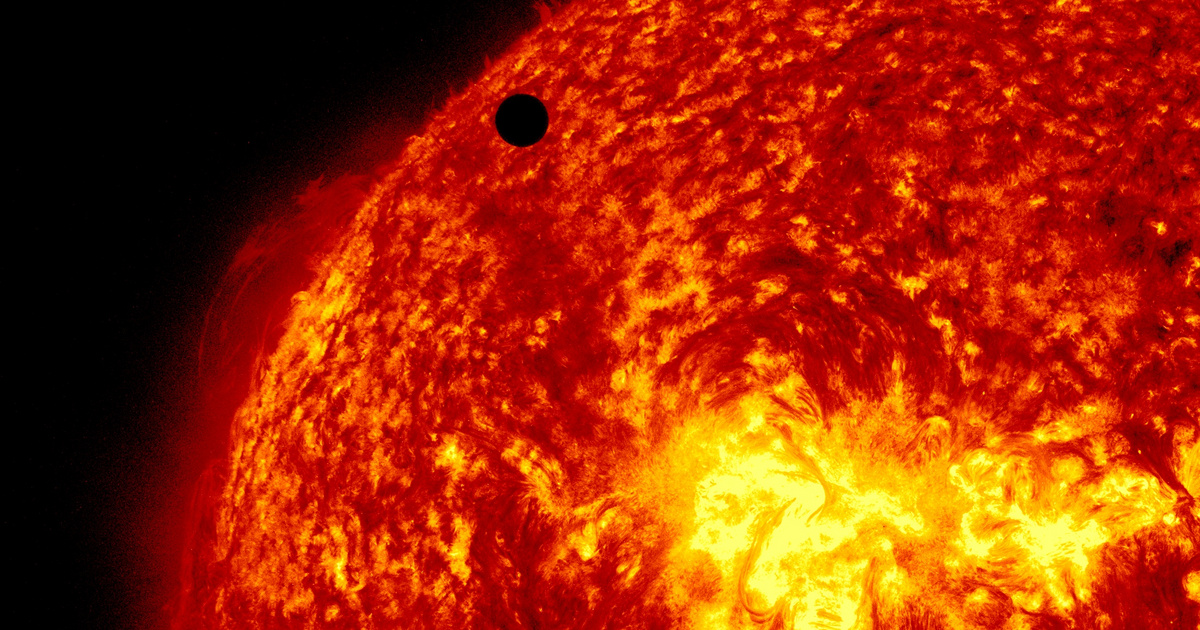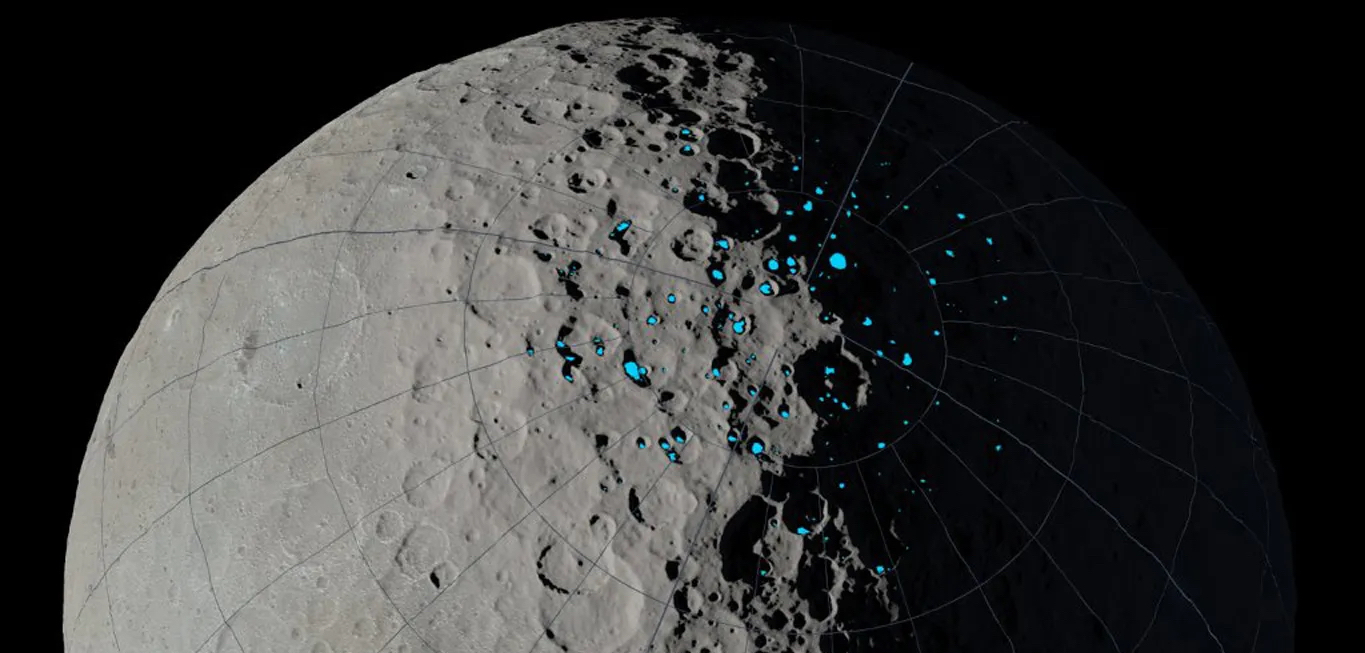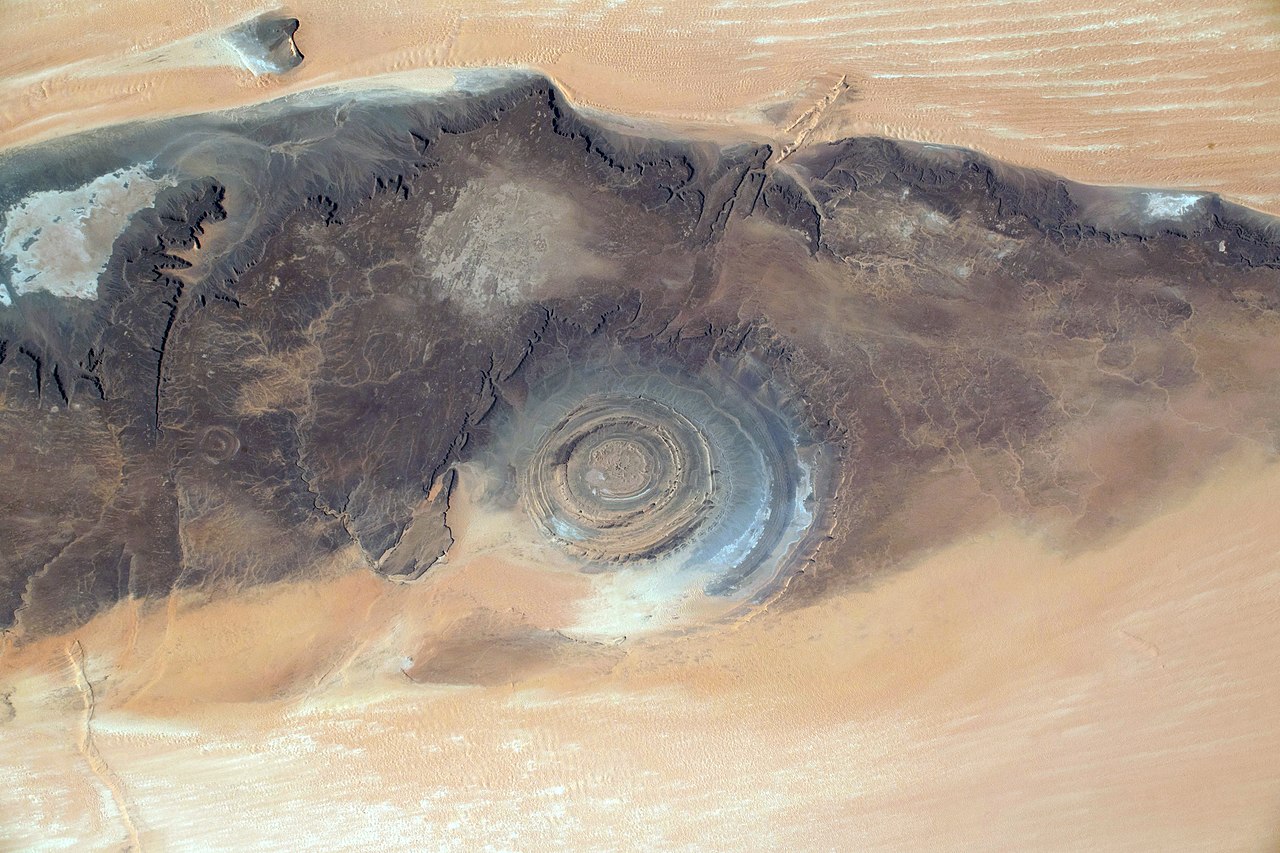From above, the Richat Structure looks like a huge meteorite crater in the middle of the Sahara Desert in Mauritania. The crater-like anomaly, which consists of a series of regular waves 50 kilometers in diameter, is actually entirely terrestrial in origin.
This stunning ancient formation was used as a landmark by Gemini astronauts in the 1960s. The study says that geologists initially thought that the Ain Al-Sahara was a huge meteorite crater IFLScience. According to further investigation of the sedimentary rocks that make up the central dome, they formed sometime in the late Proterozoic era, so they could be placed between 1 billion and 542 million years ago.
You have to remove the myth from reality
Some still believe that the structure is actually the remains of the lost city of Atlantis, as its circular shape is said to resemble the Earth described by Plato, but this can be disputed.
The structure likely formed during a process called folding, creating what is known as a convex symmetrical shape. Folding occurs when tectonic forces compress sedimentary rocks from the sides. If the rock is cold and brittle, it will break, but if it is warm enough, it will bend.
the Journal of African Earth Sciences However, in their study published in 2014 in the journal The presence of volcanic rocks may indicate that molten rock reached the surface and formed the dome shape before eroding into the rings we see today. According to the study, the breakup of the supercontinent Pangea may have played a role in these volcanic formations and tectonic shifts.
The structure is a mixture of sedimentary and volcanic rocks. Erosion on the surface of the structure reveals fine-grained rhyolite and coarse-crystalline gabbro rocks that have undergone hydrothermal alteration. The types of rocks in the rings erode at different rates, causing different color patterns to appear on the surface. Large, sharply angled pieces of sedimentary rock debris also contribute to the colorful swirling irregularities that make up the formation.
Due to its massive size, the Ain Sahara is best viewed from a great height, so we now have to rely on satellite images to enjoy it in all its glory.
Worth reading:











































